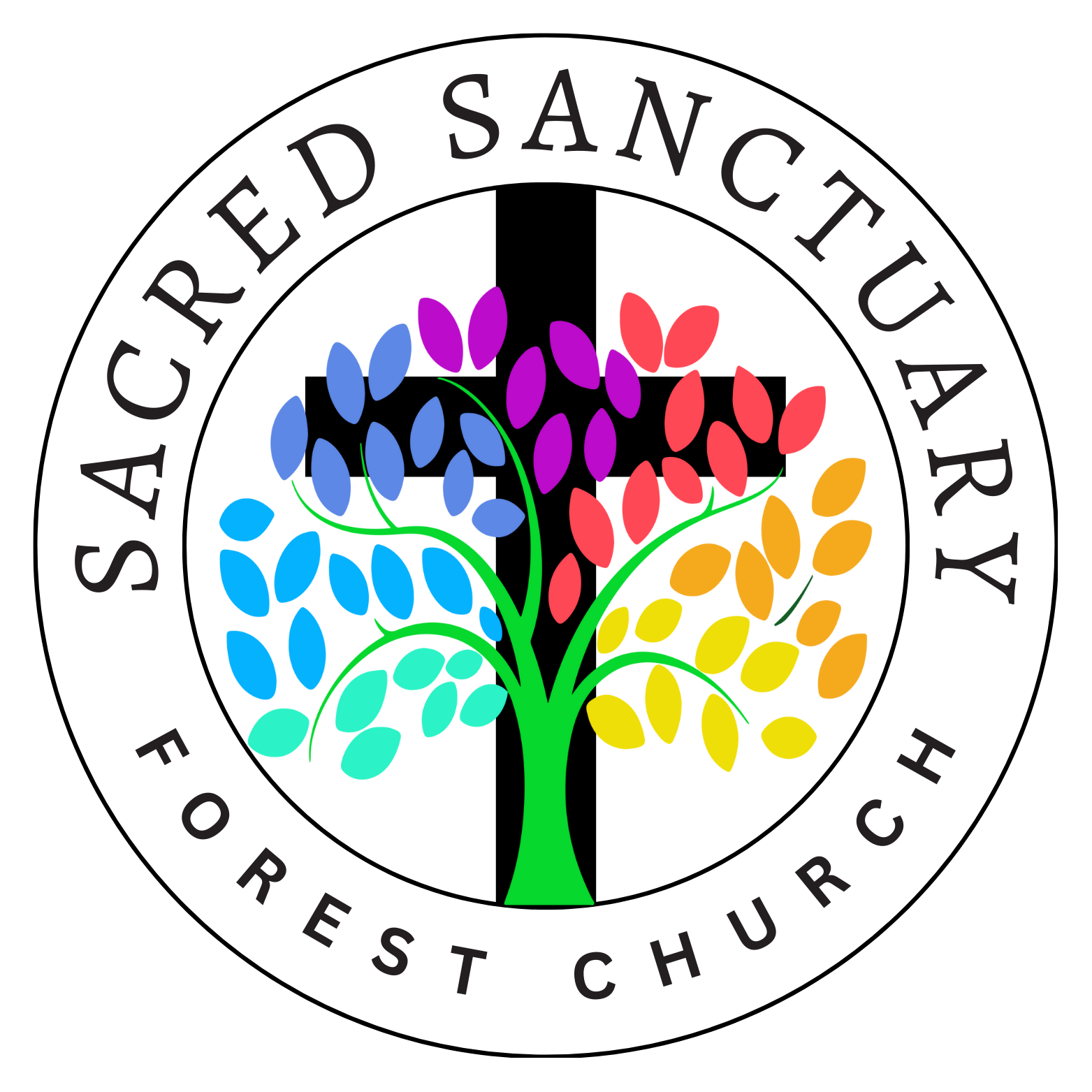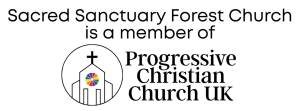Forest Church is a growing spiritual movement in the UK that invites people to encounter the Divine in nature—in woods, on hilltops, by rivers, and beneath wide open skies. It’s about meeting God not within stone walls, but in the sacred cathedral of creation itself. Rooted in the ancient traditions of Christianity and inspired by the rhythms of the natural world, Forest Church is a space where earth-based spirituality and Christian practice meet, offering a more embodied, rooted, and holistic way of faith.
At its heart, Forest Church seeks to reconnect people with both the Earth and the Sacred, drawing on Celtic Christian themes, eco-theology, and a desire to rediscover a sense of wonder in the world around us. It often includes seasonal gatherings that follow the turning of the year—solstices, equinoxes, and Celtic festivals—alongside contemplative prayer, storytelling, ritual, song, and silence.
In 2012, Bruce Stanley published “Forest Church: A Field Guide to Nature Connection for Groups and Individuals”, which offered both theological grounding and practical ideas for outdoor worship and nature-based spiritual practices. His work resonated with many, sparking new Forest Church groups across the UK and beyond. These communities are often locally shaped, inclusive, and open to spiritual seekers, Christians, and the spiritually curious alike.
Forest Church has since become part of a wider movement of eco-spirituality and fresh expressions of church, helping people rediscover sacredness in the land, honour creation as beloved by God, and walk gently on the earth.
How Does Forest Church Work With Celtic Christianity?
Forest Church and Celtic Christianity are kindred spirits and they work beautifully together because they both share a deep reverence for the natural world, a sense of God’s presence in creation, and a spirituality that is embodied, mystical, and rooted in place. While Forest Church is a modern movement and Celtic Christianity is an ancient tradition, they complement and enrich each other in profound and meaningful ways.
Celtic Christianity has always had a close relationship with the land. It sees creation as sacred and filled with the presence of God. The early Celtic saints—like Brigid, Cuthbert, and Columba—often withdrew to wild places to pray, live simply, and listen to God in silence. Forest Church continues that tradition today, worshipping outdoors, in woods and wild spaces, where the breeze through the trees or the call of a bird can feel like part of the liturgy.
“If you want to know the Creator, first know the creation.” – St. Columbanus
Forest Church echoes this, seeing nature not as a backdrop, but as a living sacrament, speaking of the divine through every leaf, river, and stone.
The Celtic Christian tradition was radically hospitable. Monasteries were centres of welcome, and the saints often travelled freely, offering blessings and kindness to those they met. Similarly, Forest Church is inclusive, affirming and open, welcoming people from all backgrounds, beliefs, and identities.
It’s a safe space for spiritual seekers, people who feel outside of or shunned away from, traditional church, and those longing for a deeper, more grounded connection with God.

